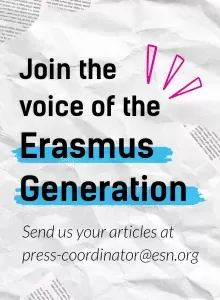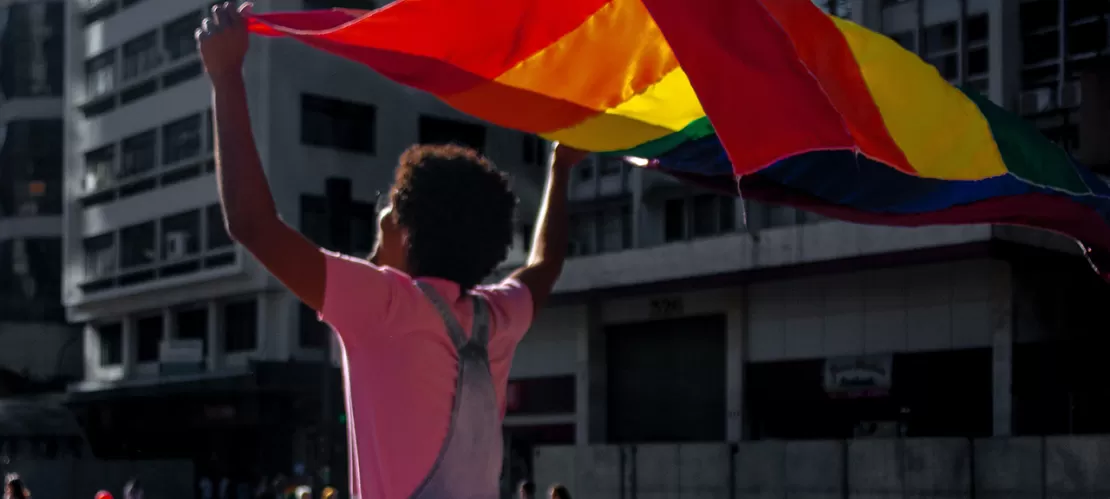
From the first documented gay rights organisation in the United States to the Stonewall riots or the legalisation of same-sex marriage in many countries, the LGBTQ+ community have had a very bumpy road towards its emancipation and acceptance. Having said that, many people don’t understand the importance of Pride Month and even try to counter it by promoting the absurd Straight Pride.
In this article, we will be covering some key moments in the history of this magnificent community and the origin of Pride Month. Let’s begin!
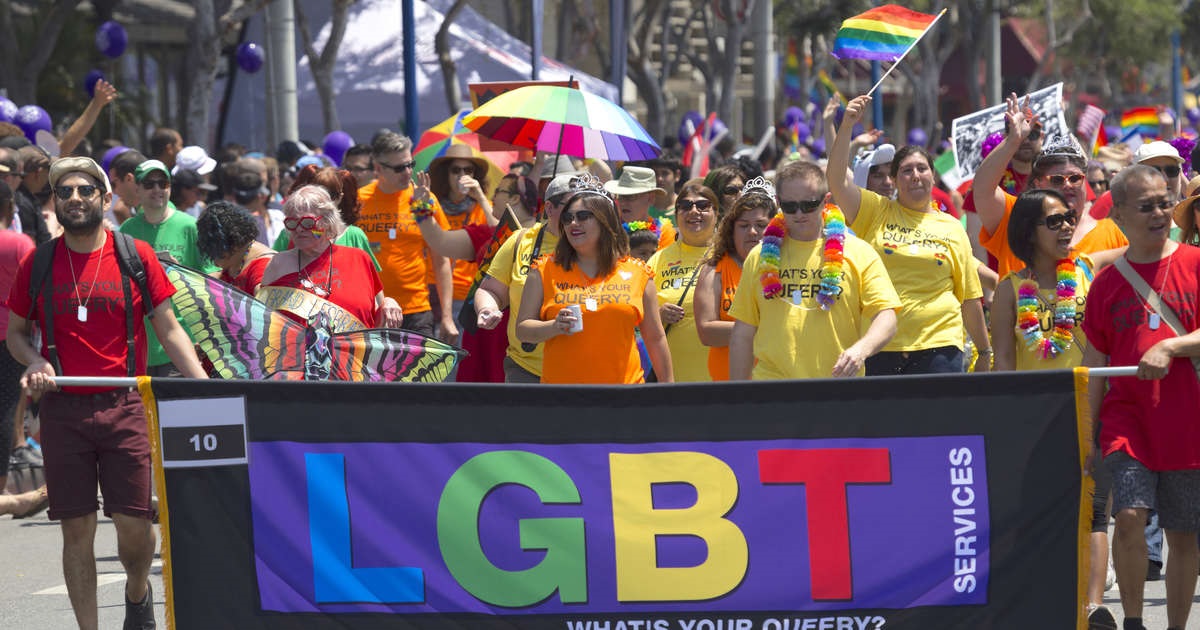
Stonewall Riots
I’m sure many have heard of Stonewall and the riots that took place there but don’t really know about the circumstances and their importance. It was the night of the 28th of June 1969, when police raided a little bar called Stonewall Inn, located in New York City’s Greenwich Village, which served as a somewhat safe place for the city’s gay, lesbian and transgender communities. Even though the raids weren’t an uncommon occurrence at that time, this particular one stood out as it served as the catalyst for the gay rights movement.
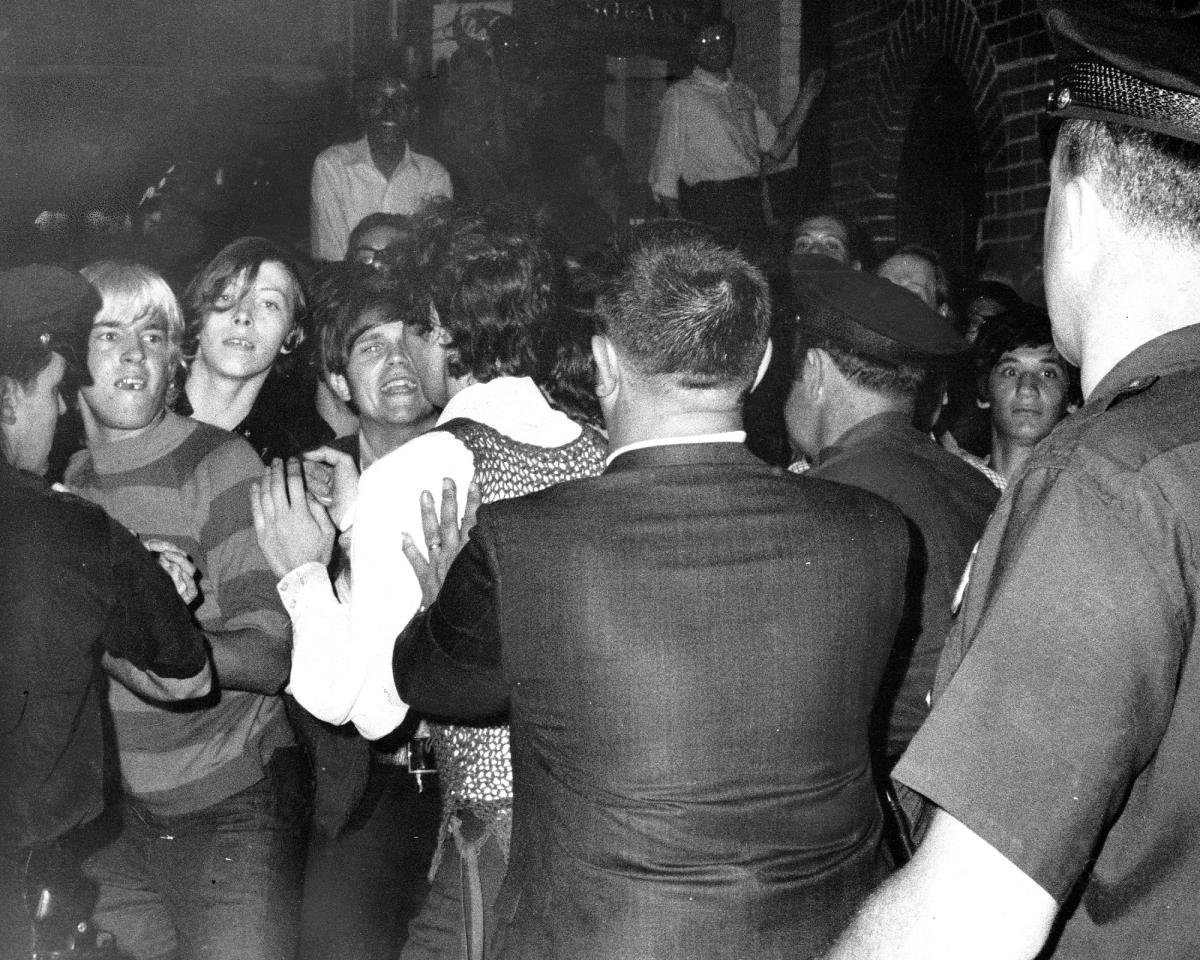
Everything erupted when someone (it’s unclear who, but many suggest that it was Stormé DeLarverie) fought the police while being taken, and screamed to the idle crowd: “Why don’t you guys do something?” With that, the realisation dawned on people that they indeed could do something and so they did. After all, the crowd vastly outnumbered the police. They were throwing pennies, stones and bottles at the police. Tires were slashed, and as protestors fell to the ground, more surged forward to take their place. Parking metres were pulled from the pavement and used as battering rams. Later, the police had to retreat to the bar itself and barricade themselves inside.
By 4 am, the riot had died down and the injured were hospitalised. It was a miracle that nobody died in that chaos. However, the cat was already out of the bag and the community was fired up. They gathered again the night after the riots, then the night after that, and took to the streets. It must be mentioned that the trans community was crucial during these events. Key figures, such as Marsha P. Johnson and Sylvia Rivera, were active members of the riots and played a big role in the future endeavours of the movement.
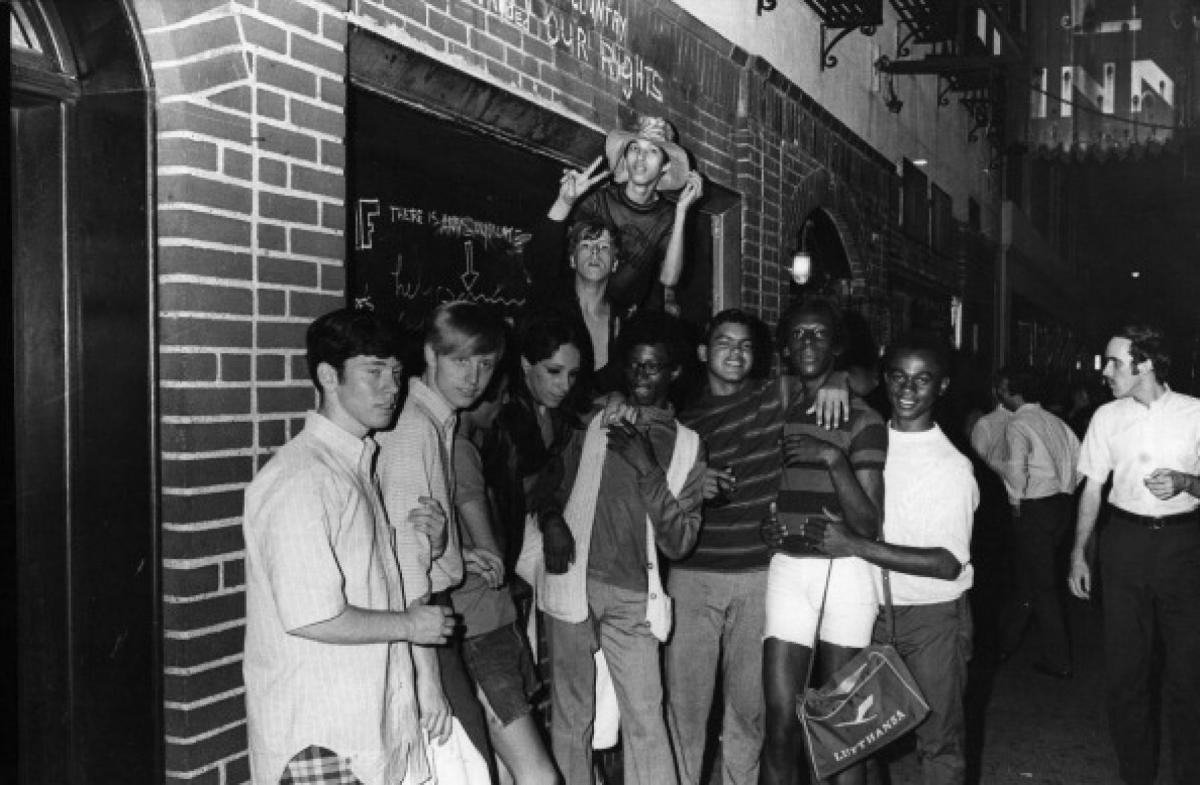
The Origin of Pride Parades
On the 28th of June 1970, exactly a year after the Stonewall Inn riots, several hundred people began marching up 6th Avenue toward Central Park, and supporters from the crowd joined them. The procession eventually stretched out over 15 city blocks, encompassing thousands of people, which sparked protests in other cities, such as Los Angeles, San Francisco and Boston. And the tradition of Gay Pride Parades in June was born.
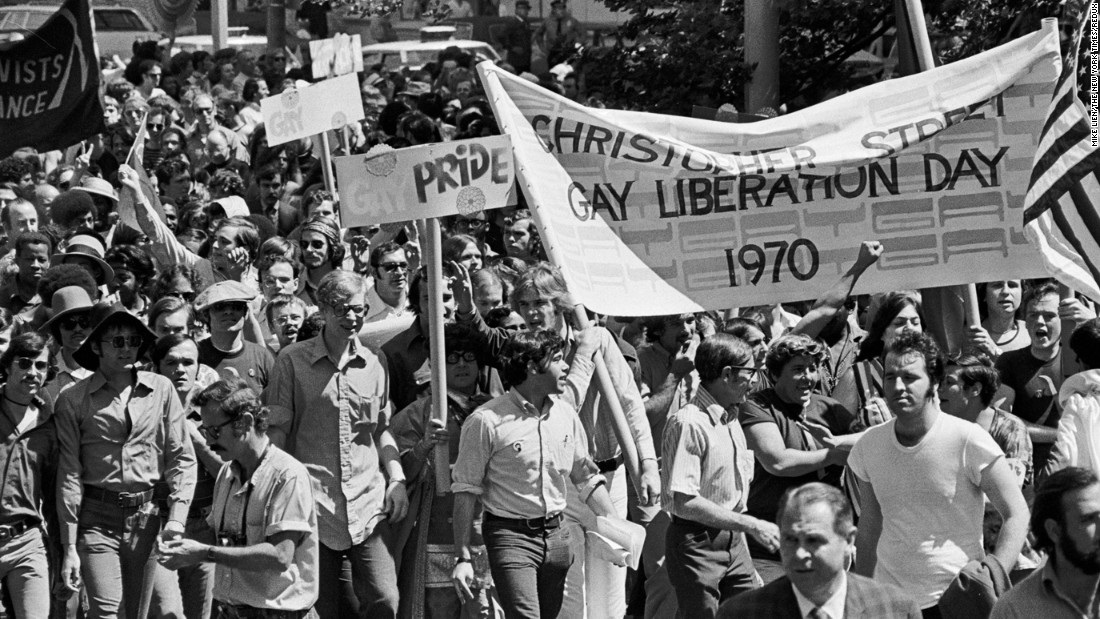
Further Recognition
In the following decades, the community started being recognised even more by some of the members securing public office positions. For instance, Harvey Milk, who campaigned at a pro-gay rights platform, became the San Francisco city supervisor in 1978, becoming the first openly gay man elected to a political office in California.
And following his initiative, the rainbow flag, an emblem representing the movement and Pride, was designed by Gilbert Baker, an artist and gay rights activist.
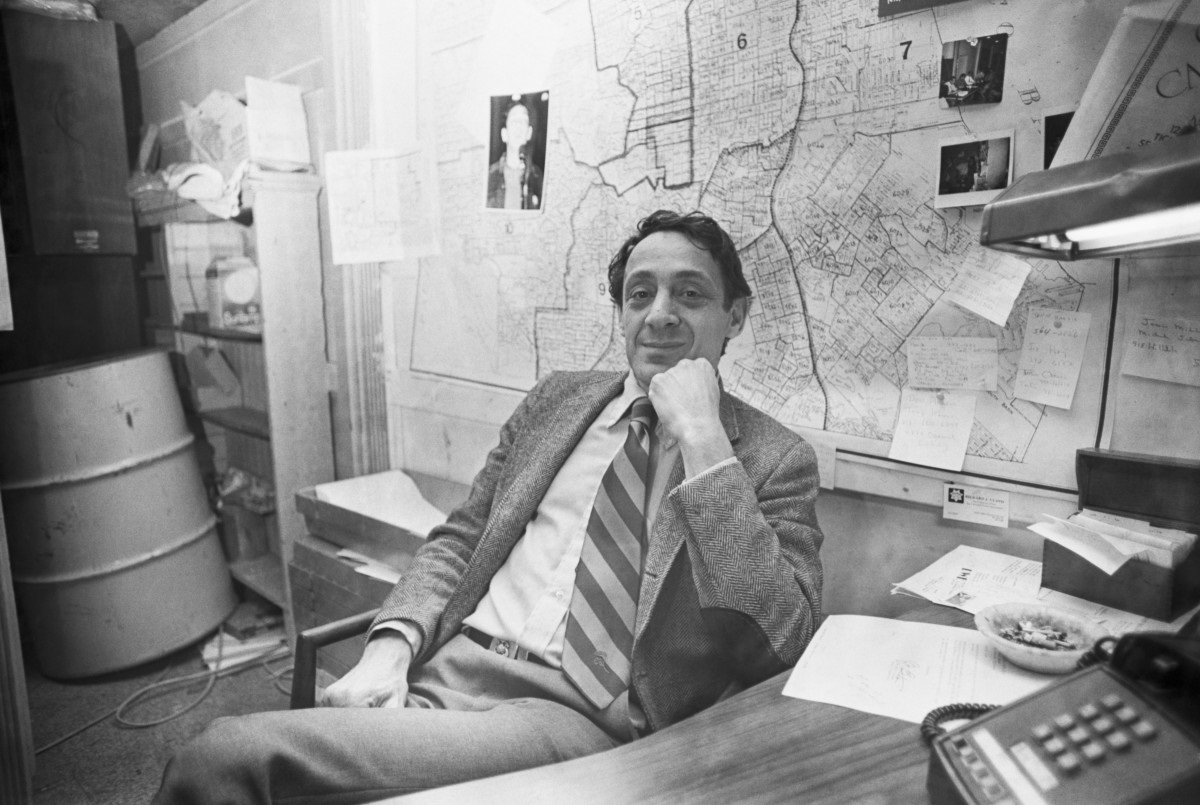
AIDS - More Than a Virus
In the midst of LGBT activism, darkness loomed over the community. Although many people know of the 80s as the era of great movies, music and a flashy fashion sense, and rightfully so, to date, it has also been one of the worst decades for the LGBTQ+ Community. The AIDS epidemic had a huge toll on the community, as gay men and trans women were the most affected. The first cases began to pop up in 1981 and the disease was deemed as the “gay plague”. The chilling unresponsiveness of the government made the situation even more grave. Furthermore, in 1982, Larry Speakes, the then press secretary for Reagan, laughed when asked about whether the president was tracking the spread of AIDS, and only in 1985, did the president publicly utter the word “AIDS”.
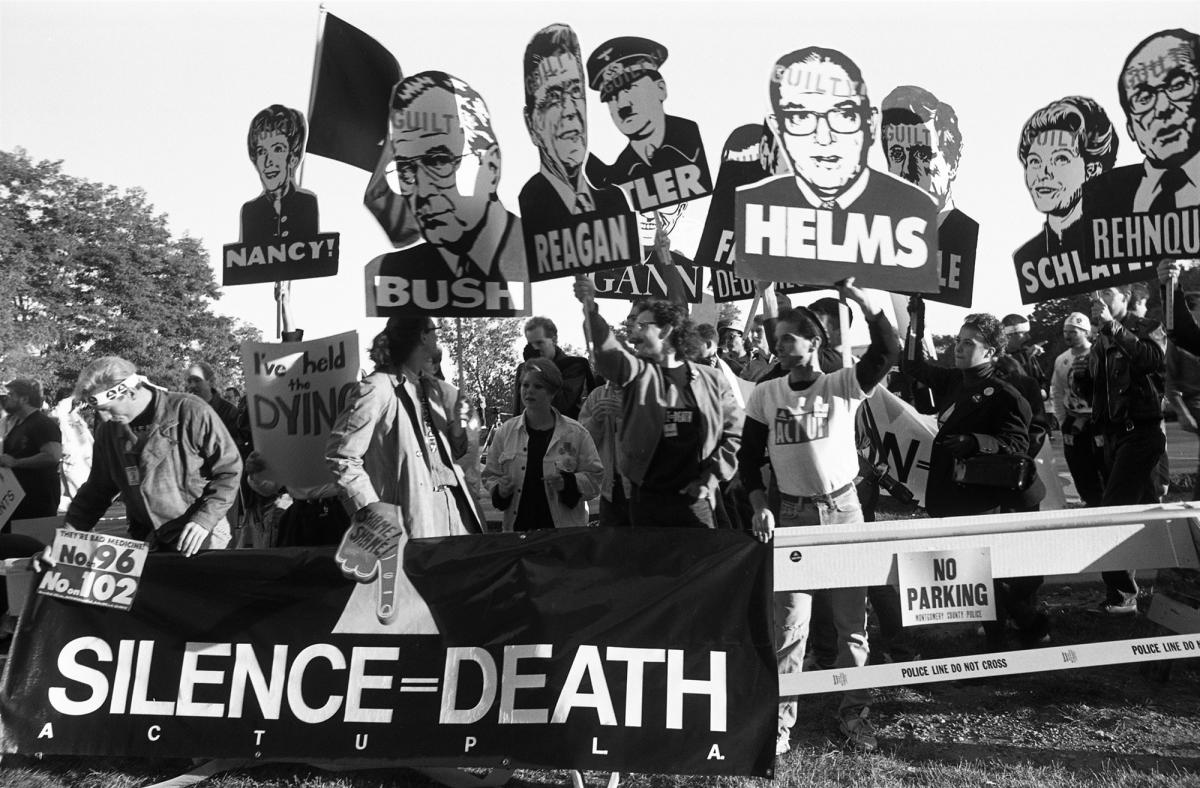
In 1987, zidovudine, or AZT, was introduced as the first drug to treat the virus. But as we know now, the practiced dosage (every 4 hours, night and day) was extremely harmful to the human body. Around that time, angered by the government’s inaction, the AIDS Coalition To Unleash Power, or ACT UP, was founded in New York.
Today, their actions and activist works of art are legendary for speeding up the government’s response to the AIDS crisis, allowing for quicker testing and treatment with lifesaving experimental drugs, and drawing public attention to the deadly impact of homophobic and discriminatory public health policies.
Currently, the epidemic is considered to be under control with devised treatments and protective methods (i.e condoms, PreP). As of now, the AIDS epidemic has infected an estimated 78 million people globally and killed 35 million, according to UNAIDS (The Joint United Nations Programme on HIV/AIDS). The organisation estimates that there are currently 35 million people living with HIV around the world.
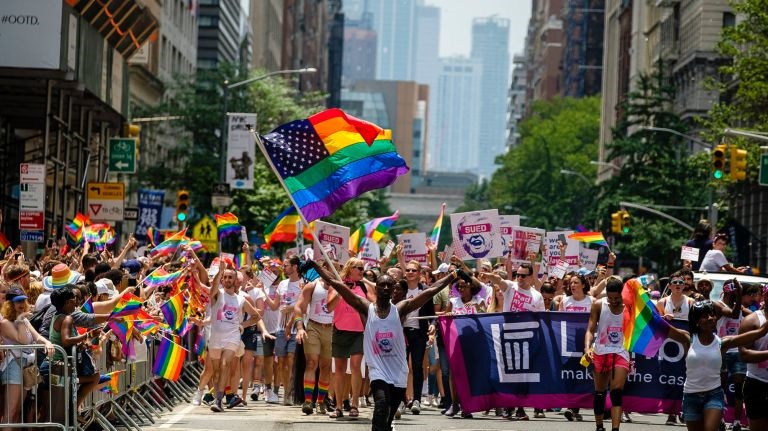
The LGBTQ+ community is well past the rudimentary struggles it was facing fifty years ago, however, it doesn’t mean that everything is rose-coloured and covered in rainbows (no pun intended). We still have many battles left to fight ahead of us, considering the recent developments that set back our community, such as Trump’s 2018 law that banned transgender people from serving in the military yet again, after the ban had only been lifted back in 2016. There are also other issues involving trans people, for instance, many are being ostracised by their own community. But these matters demand broad and detailed discussions.
For now, I would like to leave you with a piece of advice I received several years ago and the one that I share with everyone. When you talk about the LGBTQ+ community, don’t think of it as a community that is separate and isolated from your world, try to change your mindset to be more inclusive. When you think of queer people or people of any gender identity, think of them as your teachers, neighbours, hairdressers or just someone close to you. That will help you to empathise with people more easily, which is always a good thing!
Written by Sarkhan Jafarli
